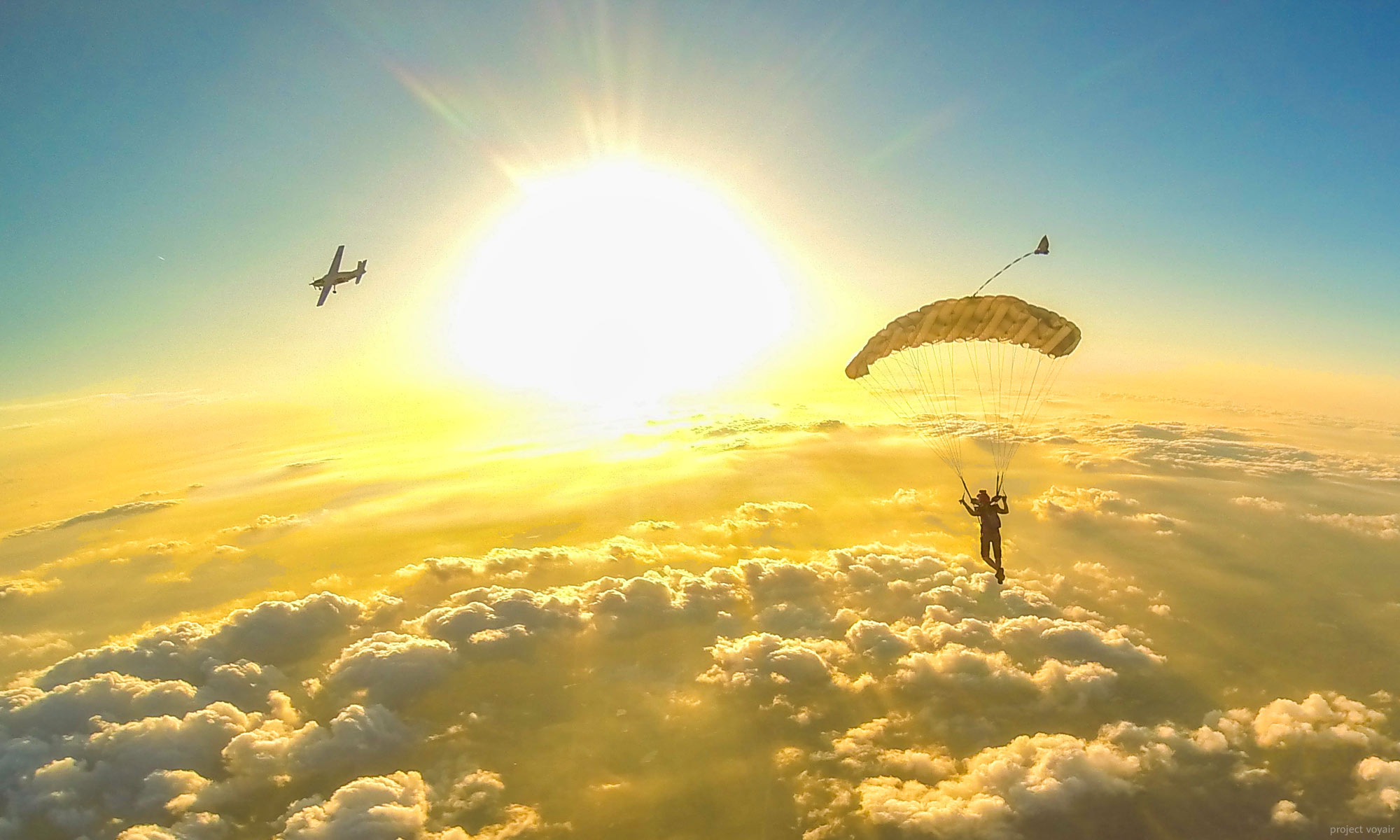We dirt dive the freefall portion of nearly all of our skydives, but do you dirt dive your landings? Do you check the wind speed and direction at all altitudes, which way the wind will shift as you descend, etc.? If the wind direction changes, how will that change your landing pattern? As we develop more experience this becomes almost automatic, but initially we have to think about all of these aspects of winds and how the affect our canopy flight to develop this skill.
Once students graduate from our Skydiver Training Program, we occasionally see them fly a pattern that doesn’t suit the current winds, and thus they land somewhere other than where they planned. It’s usually pretty clear that the skydiver simply flew the same pattern that worked yesterday or for the majority of their training, and never looked at today’s winds or thought about how they’d affect their landing pattern and accuracy.
Ask yourself several questions before every skydive so you know everything you need to know to land safely on or at least near your target.
- What are the obstacles you need to avoid (such as the berm, hangar, trees, etc.)?
- Which side of them is downwind? (You know you don’t want to land there because of turbulence!)
- What are today’s winds aloft?
- Where is your holding area?
- What are your planned turn altitudes?
- Where over the ground do you plan to make those turns?
- Have you considered the speed of the winds when planning your landing pattern?
- Will your planned pattern ensure that you don’t cross the runway under 1,000 feet?
Next, make sure you check wind indicators on the ground (flags, tetrahedron, wind sock, pond fountains, etc.). Check before takeoff, on the way up, and once you are under canopy just like you did when you were a student. Even after graduation, are you checking the wind indicators on the way up and once you are under canopy like you did as a student?
Plan the dive and dive the plan–it’s much better than locking yourself into a suboptimal landing pattern and/or direction because you didn’t think about it until you were too low to fly the correct pattern with other traffic.

